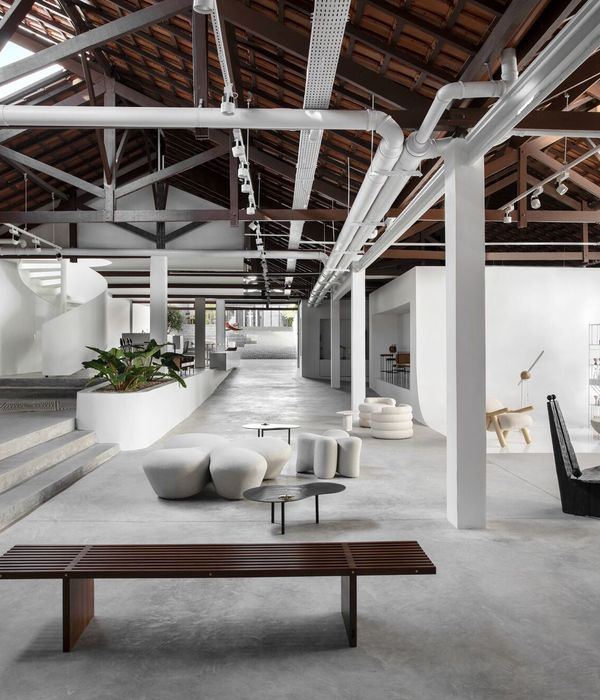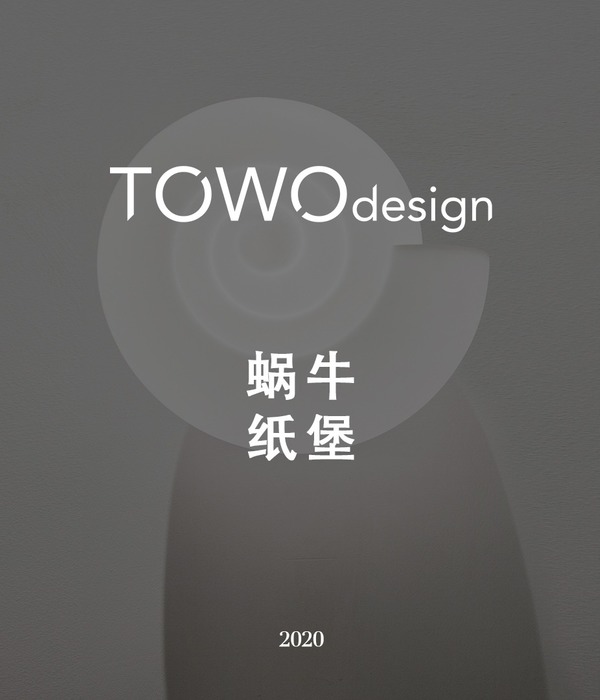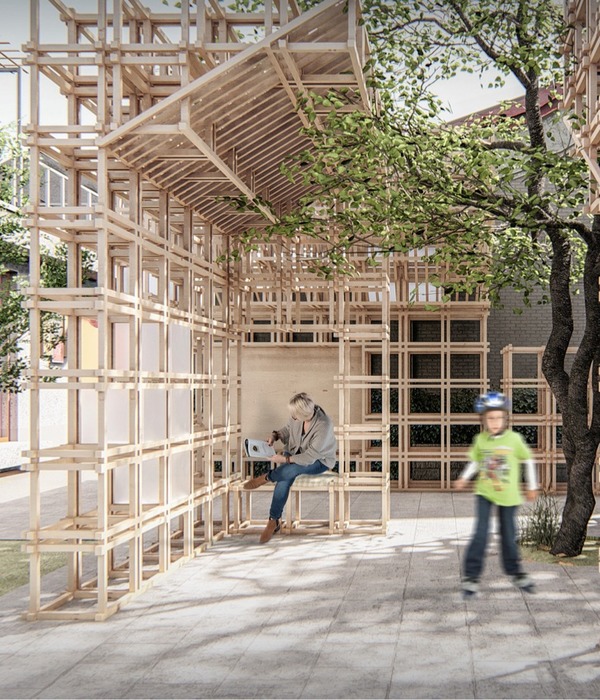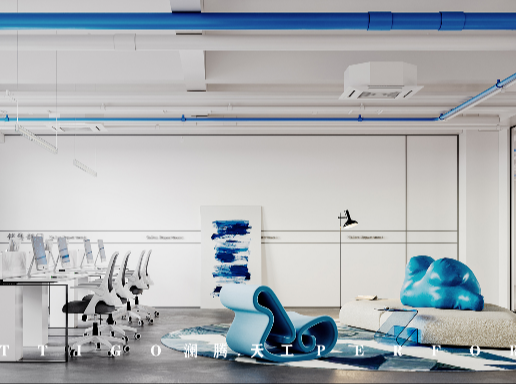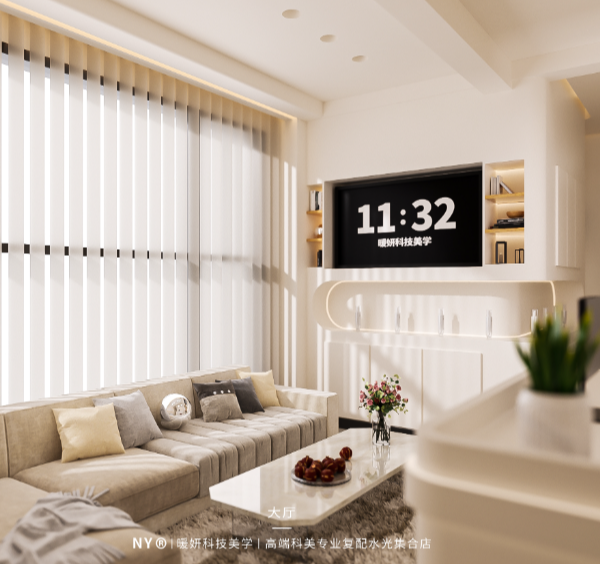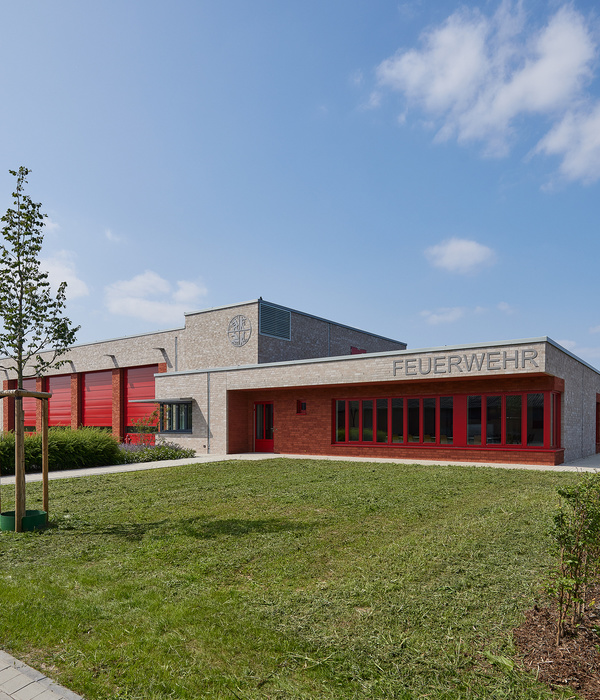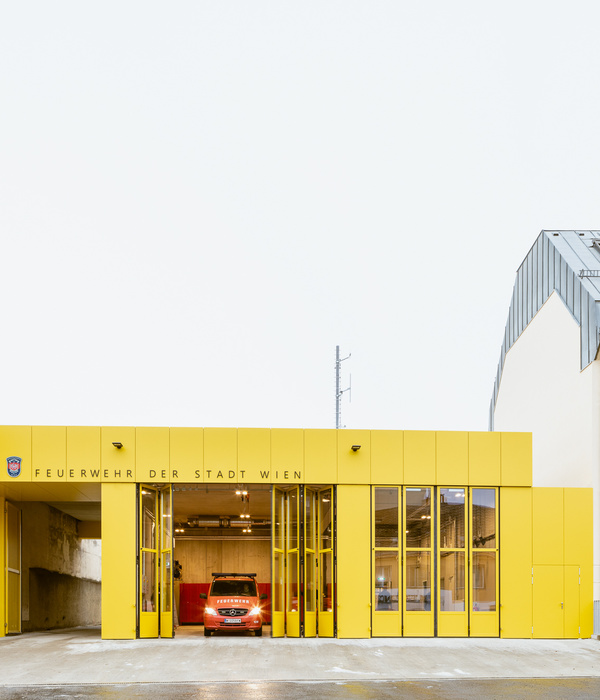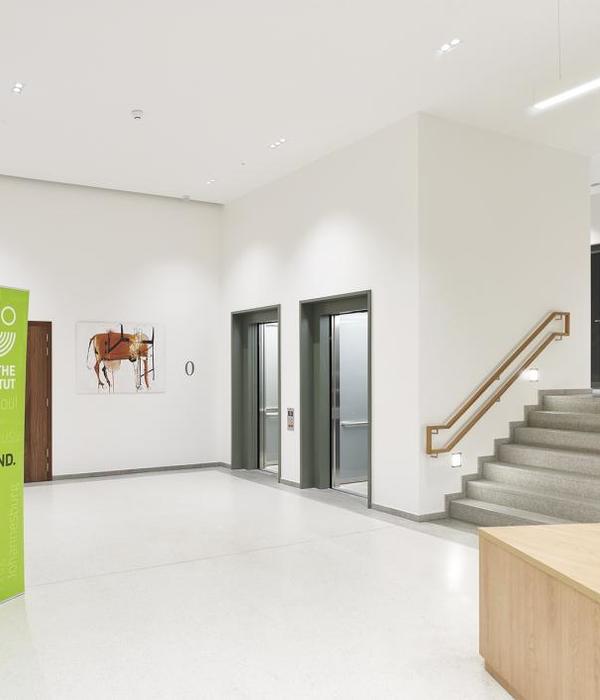加州艺术学院多彩展厅 | 破除空间层级,优化展览体验
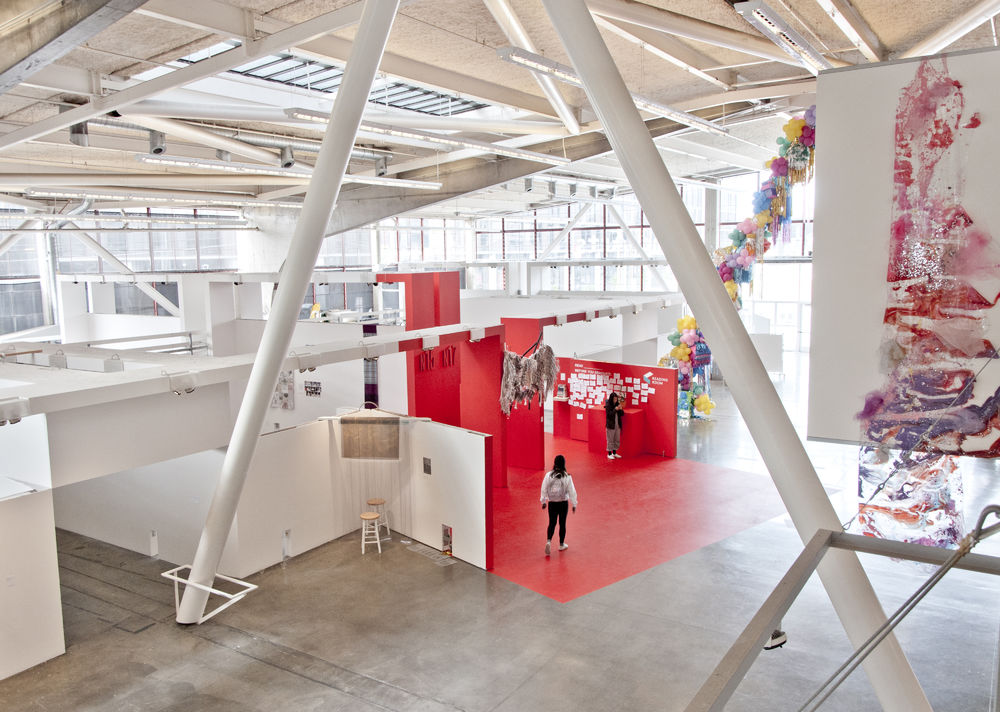
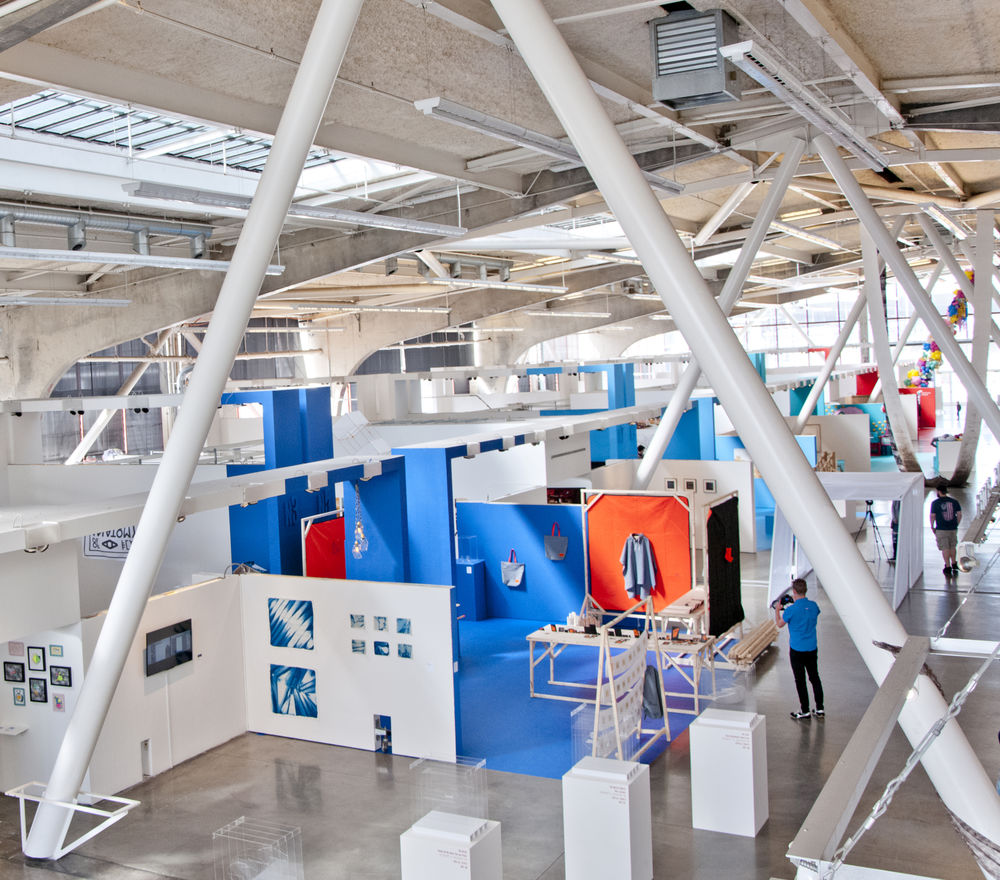

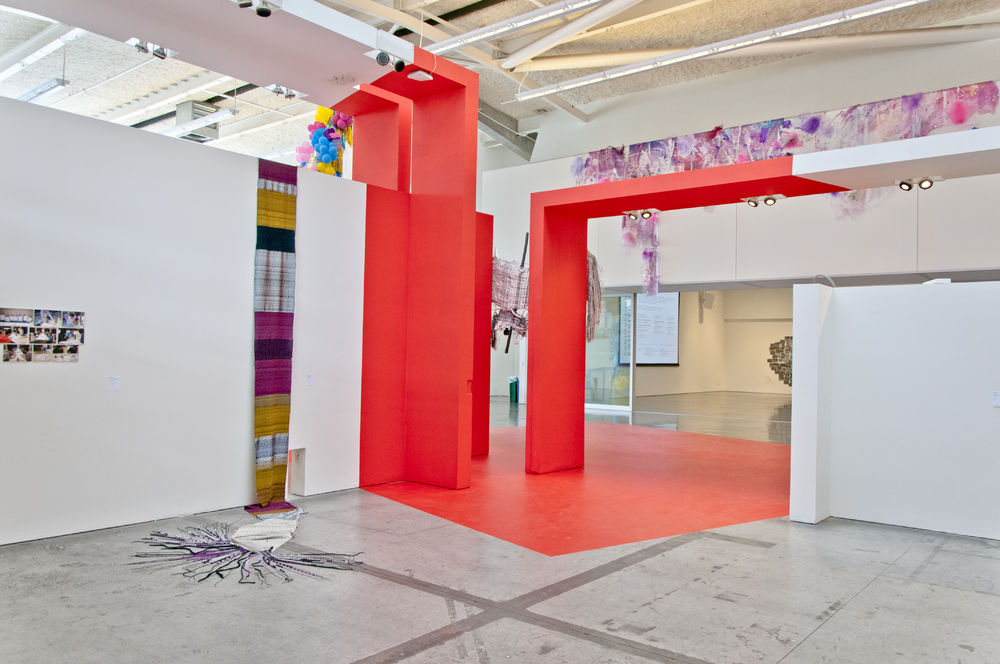

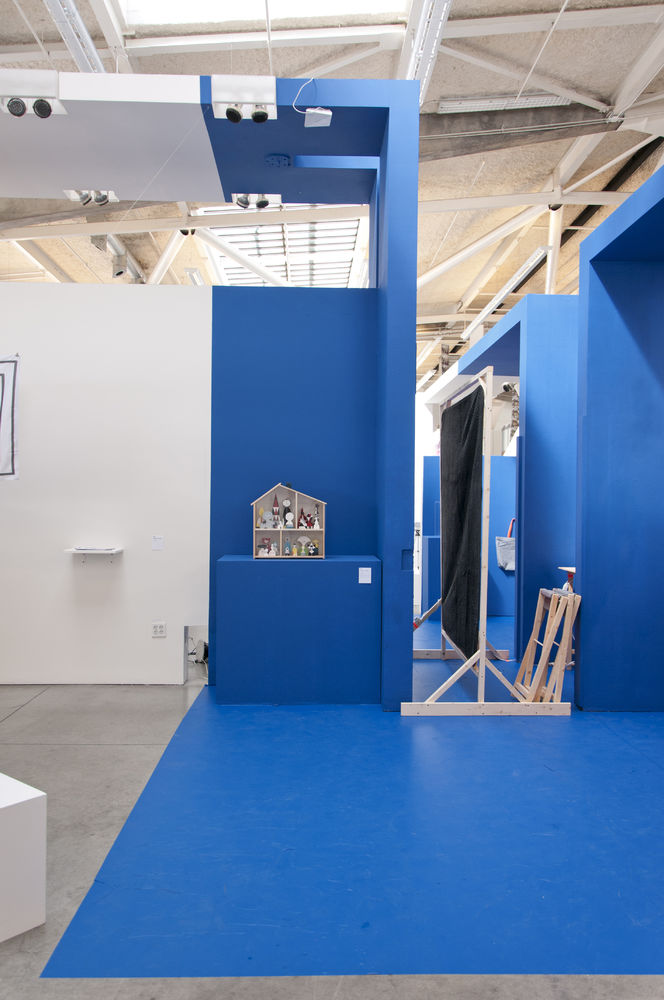
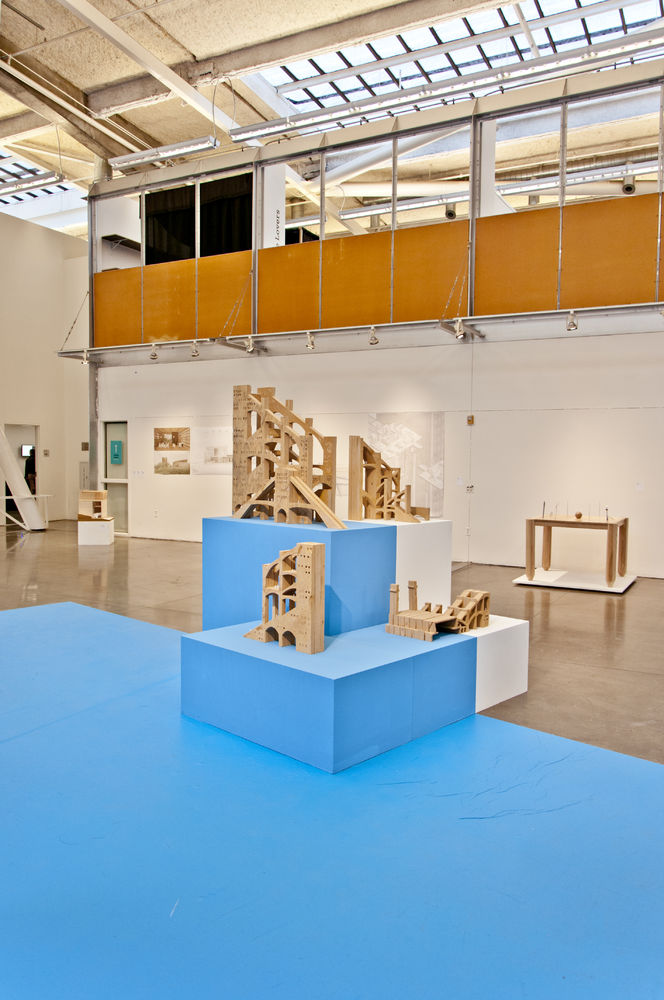
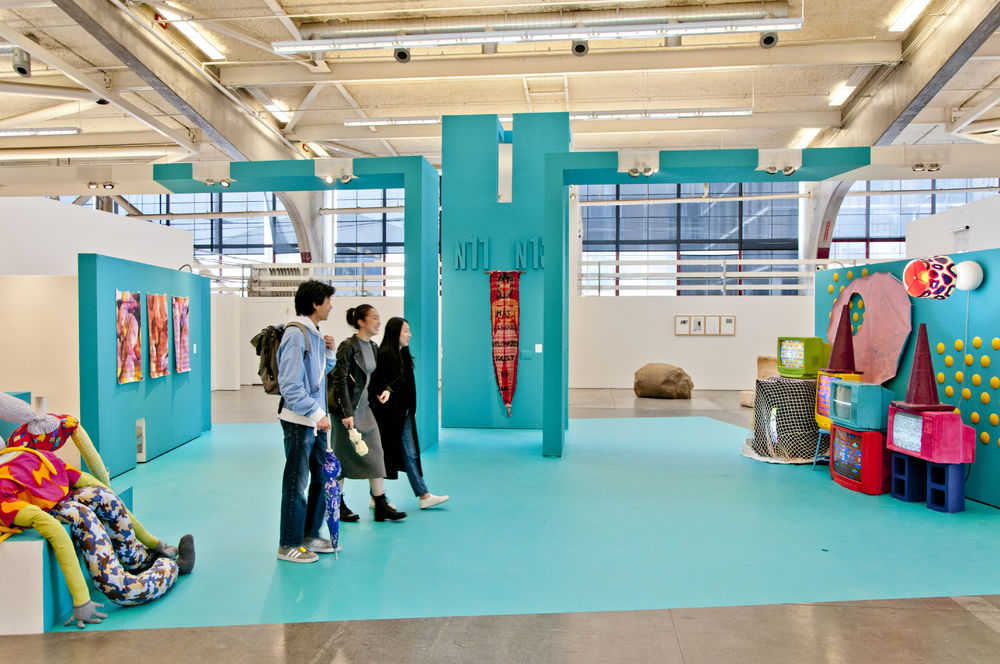
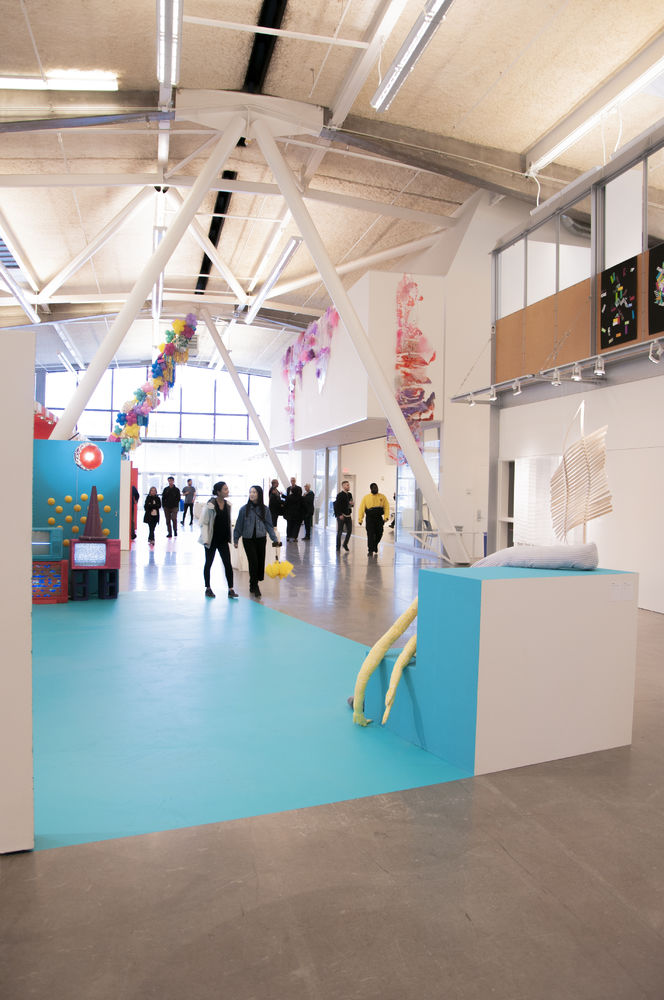
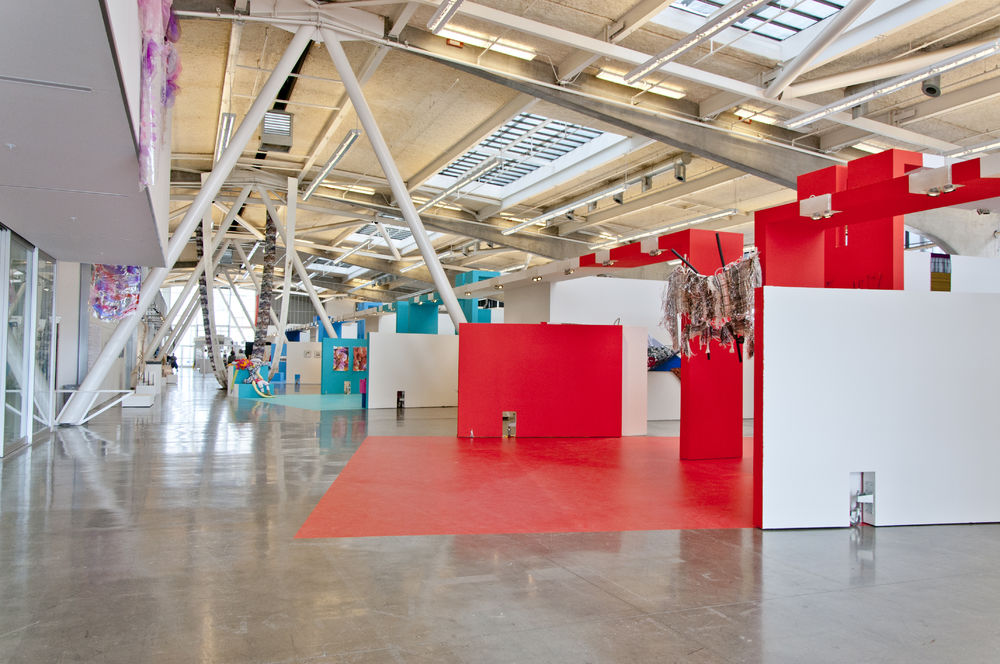
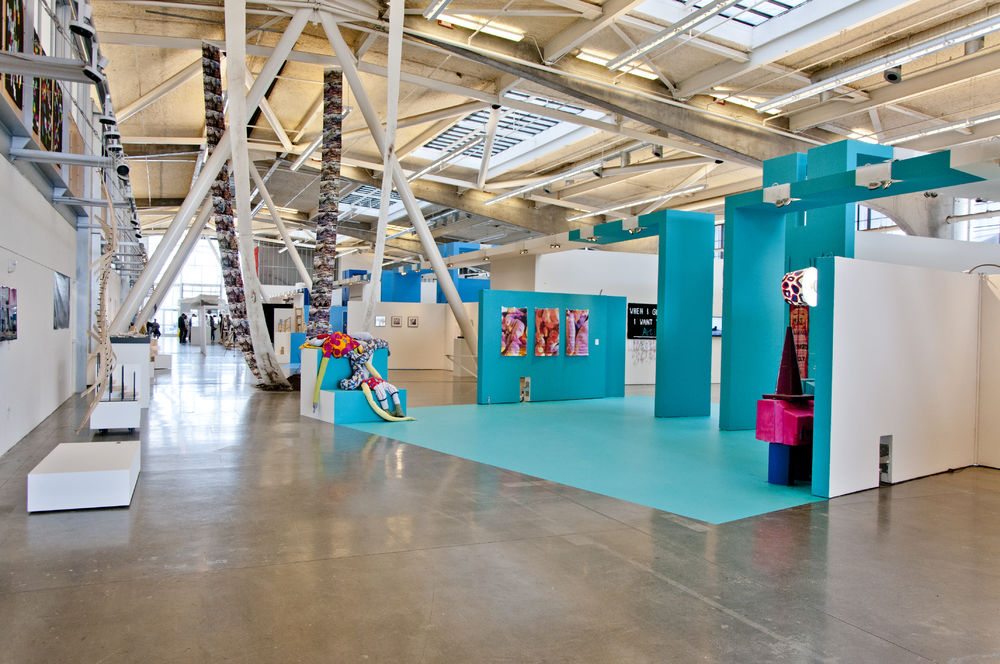


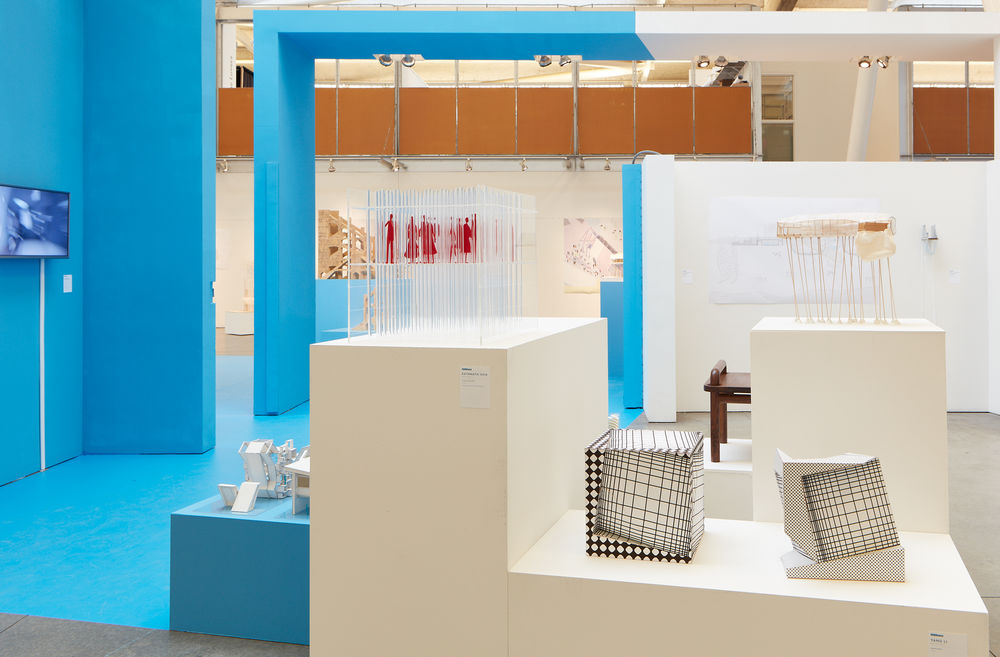
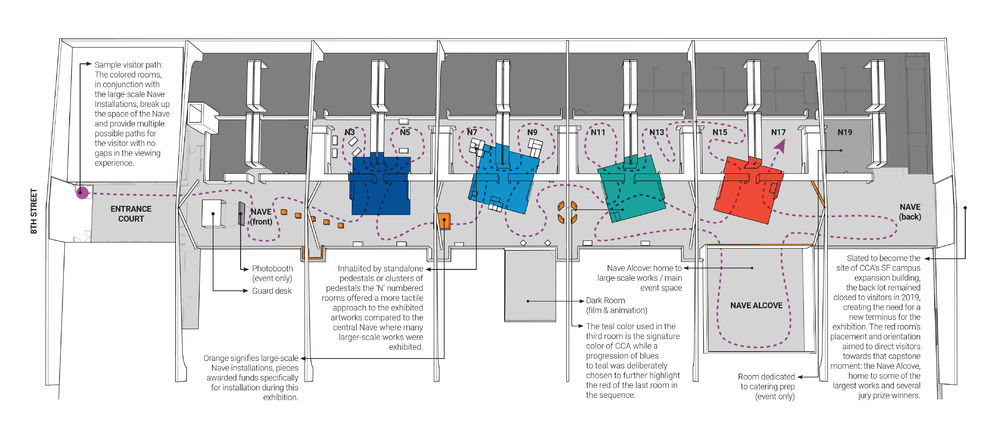

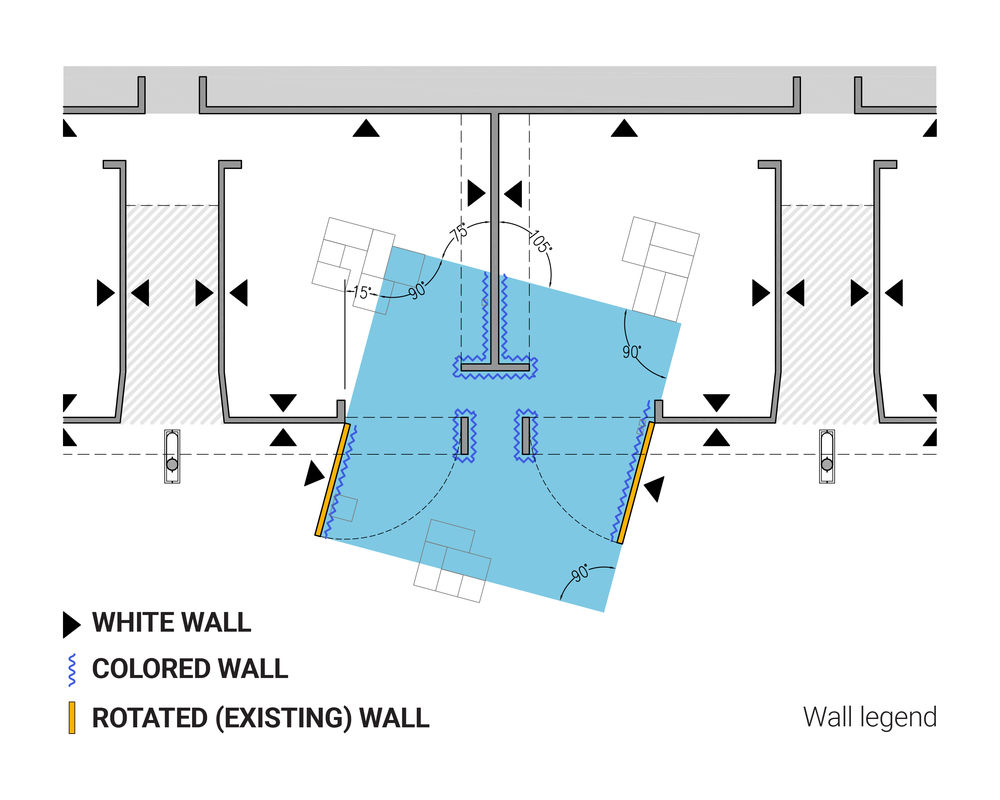
The project was commissioned by California College of the Arts to showcase a wide range of work from different creative disciplines without sacrificing a cohesive attitude towards the space, a legible overall organization, and an equitable distribution of exhibition space among the disciplines. The design sought to eliminate spatial hierarchies created by the existing architecture, which consists of a 343’-long by 33’-wide central Nave and smaller adjoining rooms. With cost being a major limitation in this project, the proposed intervention was focused on working with existing architectural elements such as movable partitions and three-dimensional framing devices and repurposing existing objects such as pedestals. In the final design, the four 26’-square immersively colorful rooms that punctuated the exhibition footprint not only mitigated the grand scale of the existing architecture and eased way-finding but also functioned as gateways between the central Nave and the adjoining rooms. By drawing visitors into a sequence of interconnected smaller spaces they fostered a fluid, intimate, and integrated viewing experience. The use of color to define enclosure was controversial as the white wall remains the default “neutral” in exhibiting most forms of art. Part of the success of the design was its ability to deploy color spatially to define enclosure all the while providing a vibrant background that complemented certain artworks without significantly reducing the white wall space needed by others.


